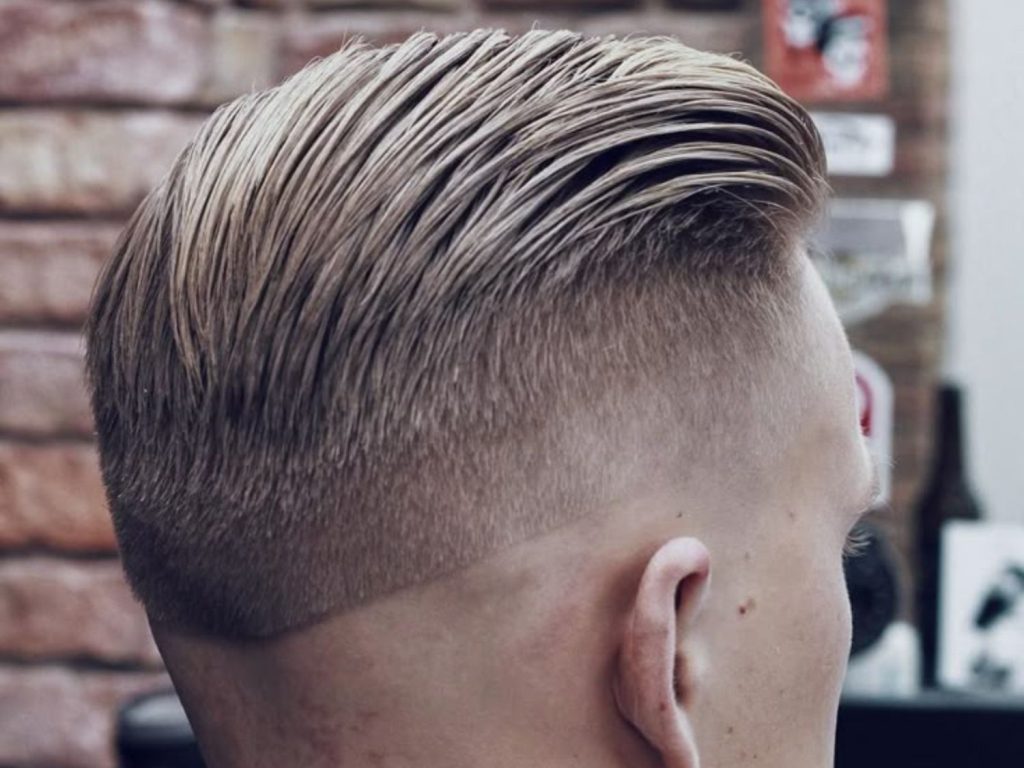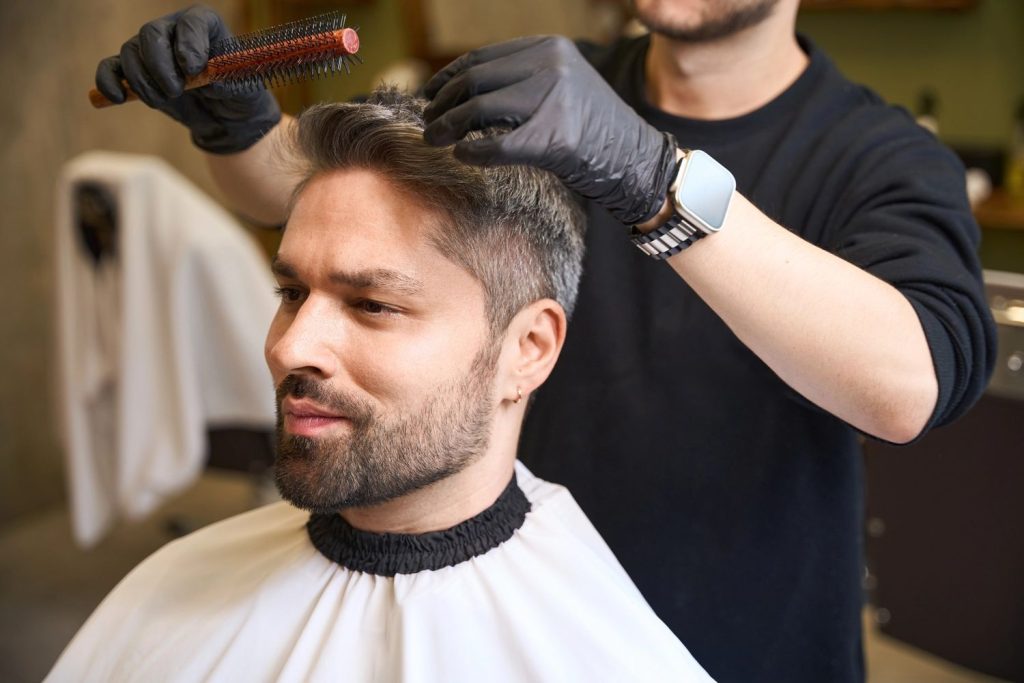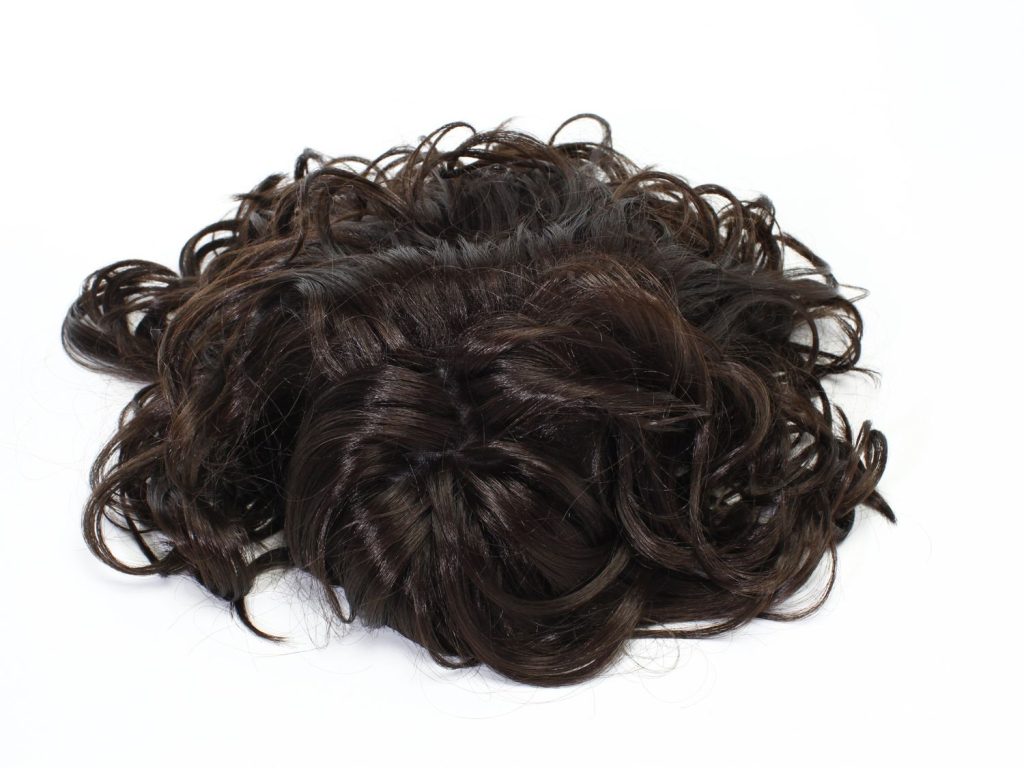How to Shave with a Safety Razor: A Step-by-Step Guide
May 17, 2025
Despite the rise of electric shavers and multi-blade cartridges, many people are switching back to safety razors for their precision, cost-effectiveness, and reduced environmental impact. A safety razor, also known as a double-edge razor, provides a classic wet shave experience that, when done correctly, leads to less skin irritation and a smoother result.
Learning how to shave with a safety razor might seem intimidating at first, especially if you’re used to disposable razors. But with the right technique and a bit of patience, you’ll soon appreciate the control and results this tool offers.
What Is a Safety Razor?
A safety razor is a manual shaving tool with a protective guard between the blade and the skin. It uses a single double-edged (DE) blade that can be changed as needed. The most common types include:
- Closed-comb razors – more forgiving and ideal for beginners.
- Open-comb razors – expose more of the blade for a closer shave, suited for coarse or thick hair.
- Adjustable razors – allow you to change blade exposure for more or less aggression.
These razors reduce the number of passes needed and avoid the tug-and-cut effect of multi-blade cartridges, which can cause razor bumps and ingrown hairs.
Tools You’ll Need
To get started with safety razor shaving, gather the following essentials:
- Safety razor (closed comb recommended for beginners)
- Double-edge razor blades
- Shaving brush (synthetic or badger)
- Shaving soap or cream
- Pre-shave oil (optional but helpful for sensitive skin)
- Aftershave balm or moisturizer
- Towel and warm water
Investing in quality gear improves your shaving experience and skin health over time.
Step 1: Prepare Your Skin
Proper preparation softens the hair and opens the pores, making it easier to cut through facial hair cleanly.
- Shower or apply a warm towel to your face for a few minutes to soften the beard.
- Use a pre-shave oil if you have dry or sensitive skin. This adds an extra layer of protection.
- Lather up using a shaving brush. Wet the brush with warm water and swirl it into shaving soap or cream until it forms a rich, foamy lather. Apply it in circular motions to lift and coat the hairs evenly.
Using a brush also exfoliates the skin gently, removing dead cells and dirt.
Step 2: Insert the Razor Blade Safely
Before shaving, install a fresh blade into the safety razor:
- Twist open the head (or remove the top if it’s a three-piece design).
- Carefully insert the double-edge blade by holding it at the short edges—never touch the sharp sides.
- Reassemble the razor and ensure the blade is aligned properly and securely in place.
A dull blade can lead to tugging, nicks, and more irritation, so start with a fresh one.
Step 3: Find the Right Shaving Angle
Unlike cartridge razors, safety razors work best at a shallow angle—typically around 30 degrees between the blade and the skin.
Here’s how to find that angle:
- Hold the razor handle perpendicular to your face.
- Slowly tilt it downward until you feel the blade just start to cut hair.
- Maintain that angle as you shave. Avoid pressing down; let the razor do the work.
Mastering the angle takes practice, but it’s one of the most important aspects of getting a clean, safe shave.
Step 4: Use Short, Gentle Strokes
Always shave with the grain first—this means in the direction your facial hair naturally grows.
- Use short strokes (1–2 inches) and rinse the blade frequently.
- Do not apply pressure; the weight of the razor is enough.
- Stretch the skin lightly with your free hand for a smoother surface.
Once you’re comfortable and your skin tolerates it, you can do a second pass across or against the grain—but this isn’t required for everyone.
Step 5: Rinse and Re-Lather for Additional Passes
If you want a closer shave:
- Rinse your face with warm water to remove lather and trimmed hairs.
- Apply more shaving cream using the brush.
- Shave gently across or against the grain, based on your hair growth and comfort level.
More aggressive passes should be reserved for experienced users or for times when you need an ultra-close shave (like before a formal event).
Step 6: Post-Shave Care
Post-shave care is just as important as the shave itself.
- Rinse your face with cold water to close the pores.
- Pat your skin dry with a clean towel—don’t rub.
- Apply an alcohol-free aftershave balm or moisturizer to soothe the skin.
This step reduces redness, prevents ingrown hairs, and helps your skin recover faster.
Bonus: Maintenance Tips for Your Safety Razor
Taking care of your razor ensures it lasts longer and remains hygienic:
- Rinse thoroughly after each shave to remove lather and hair.
- Disassemble and dry the razor occasionally to prevent rust and soap buildup.
- Change blades every 5–7 shaves or when it starts to tug.
If you shave less frequently, store your razor in a dry place and avoid leaving it in the shower to reduce corrosion.
Common Mistakes to Avoid
Even experienced users can make errors. Here are a few things to watch for:
- Shaving too quickly or applying too much pressure
- Using a dull blade for too long
- Going against the grain on the first pass
- Not prepping the skin thoroughly
- Over-shaving sensitive areas
Pay attention to your skin and adjust your technique as needed.
Choosing the Right Safety Razor and Blades
Not all razors and blades are created equal. Some combinations suit certain skin and hair types better than others:
- For coarse or curly hair, try a more aggressive razor and sharper blade (like Feather).
- For sensitive skin, use a mild razor and smoother blade (like Derby or Astra).
- Adjustable razors give you flexibility to find the right level of aggressiveness.
It may take some experimentation to find the best match, but once you do, the difference in comfort and closeness is noticeable.
Benefits of Shaving with a Safety Razor
Aside from a cleaner shave, here are a few reasons many people prefer safety razors:
- Less irritation and fewer ingrown hairs
- Long-term cost savings (blades are cheap and long-lasting)
- Environmentally friendly—less plastic waste
- Traditional, tactile experience that encourages mindfulness and precision
Many users find that shaving with a safety razor turns an everyday task into a more intentional and satisfying ritual.
Number One Barber Shop Serving the Corporate Bus Park Community and Beyond in Stafford
Number One Barber Shop is dedicated to serving the diverse needs of the local community of Stafford, including individuals residing in neighborhoods like Corporate Bus Park. With its convenient location near landmarks such as the Sugar Creek Baptist Church and major intersections like S Main St. & Southwest Fwy. (coordinates:29.628978104837714, -95.59281951261379), we offer Mens Shave services.
Get Mens Shave Services at Corporate Bus Park Now
Navigate from Corporate Bus Park to Number One Barber Shop Now
Final Thoughts
Shaving with a safety razor might take a little more time and attention than using a disposable or cartridge razor, but the payoff is worth it: better skin health, closer shaves, and a more refined grooming routine. Once you build the habit and master your technique, you’ll wonder how you ever shaved any other way. Whether you’re new to traditional wet shaving or just looking to refine your routine, the right tools, preparation, and technique will help you get the most out of every shave.
Frequently Asked Questions (FAQs)
- What is the best angle for shaving with a safety razor?
A 30-degree angle between the blade and your skin is ideal. This allows the blade to cut hair cleanly without scraping the skin. Tilt the razor until you just feel the blade engage, then maintain that angle. - How often should I change safety razor blades?
Most users change blades every 5 to 7 shaves. If you notice tugging, increased irritation, or a less effective shave, it’s time for a new blade. - Can beginners use a safety razor without cutting themselves?
Yes. Start with a mild, closed-comb razor and go slow. Use minimal pressure and short strokes. With practice, it becomes a safe and effective shaving method. - Should I shave against the grain with a safety razor?
It’s best to start shaving with the grain (in the direction your hair grows). Once your skin is used to the razor, you can add across or against-the-grain passes if you want a closer shave. - What shaving cream or soap works best with a safety razor?
Use a quality shaving soap or cream that produces a thick, cushiony lather. Products made for traditional wet shaving—like tallow-based or glycerin-rich formulas—offer great protection and glide.
Refine Your Style with Expert Barbershop Care
Our expert barbers are dedicated to providing you with a personalized experience that brings out your best look, every time. Whether you're in for a sharp haircut, a refreshing shave, or a relaxing facial, we take the time to understand your style and tailor our services to match your unique preferences.









